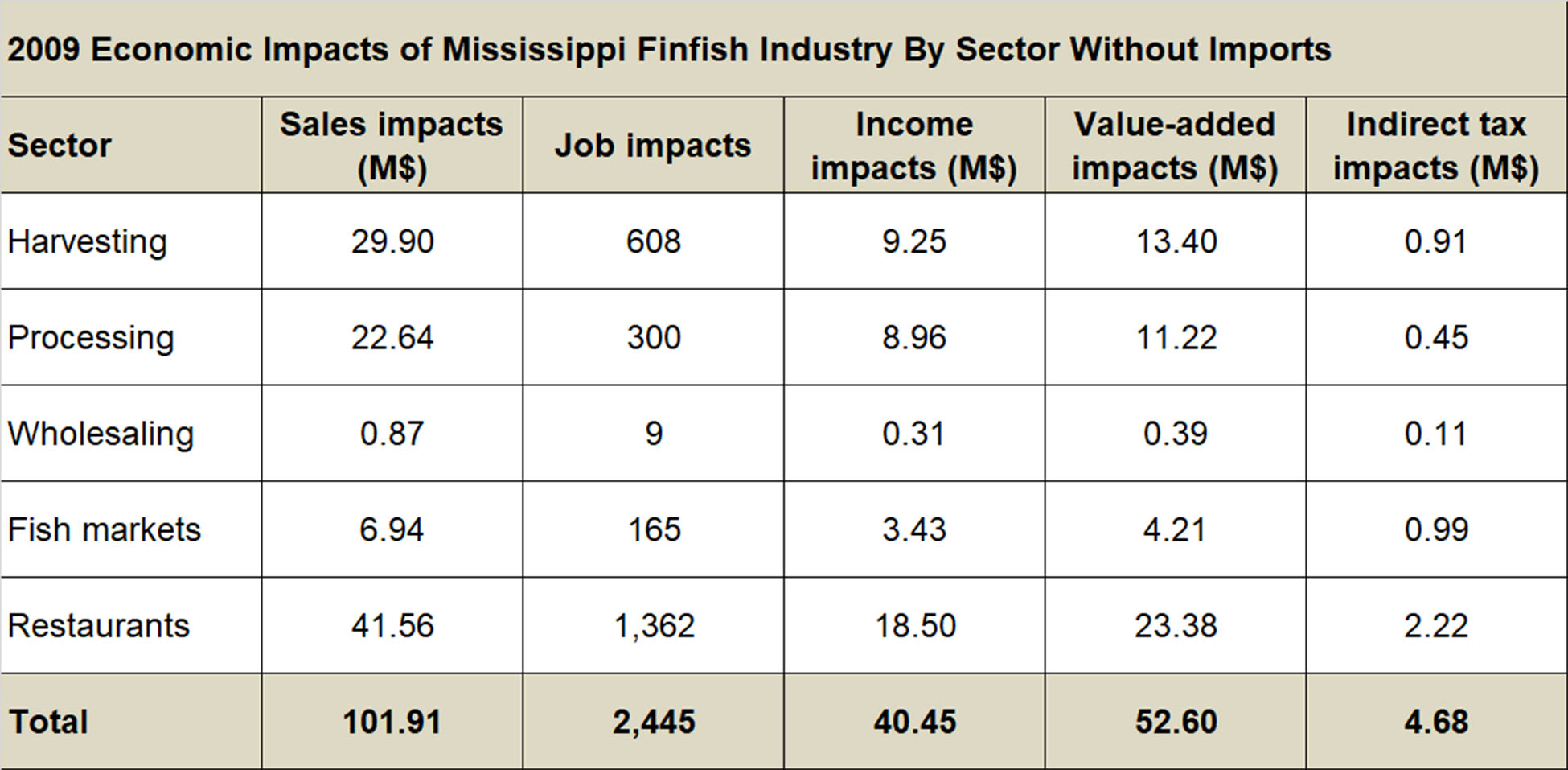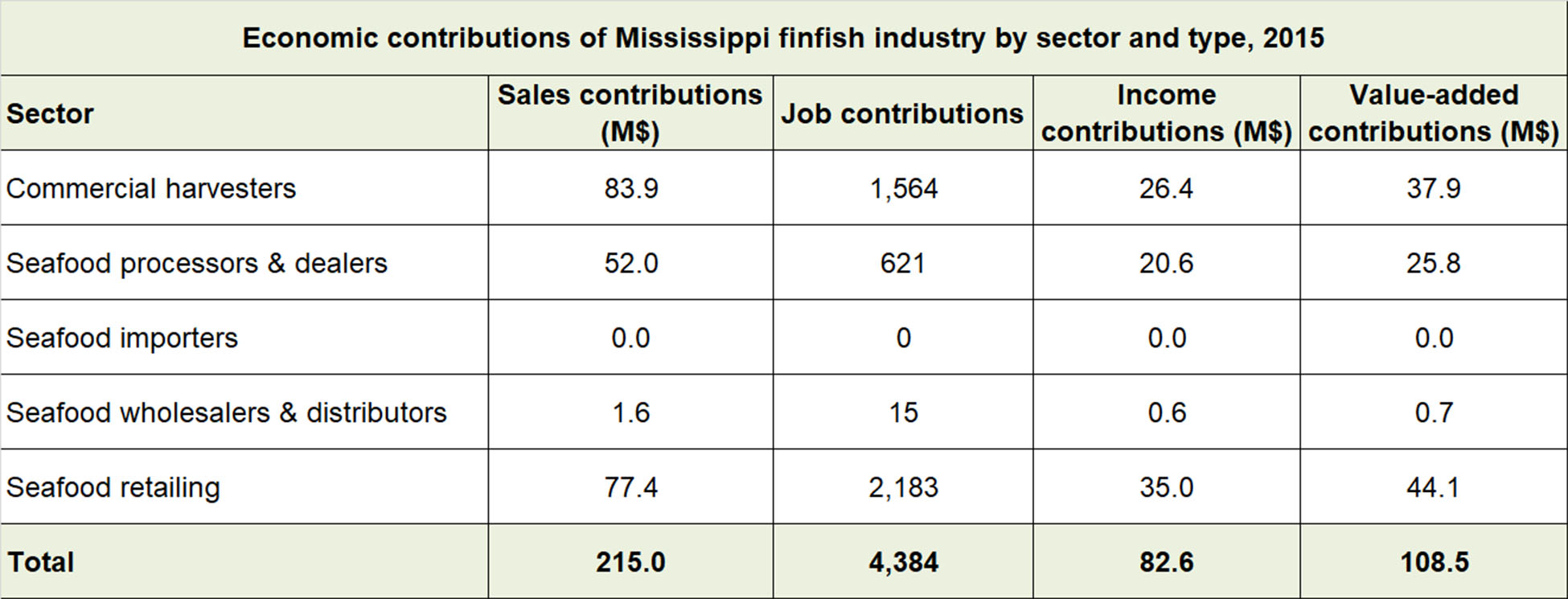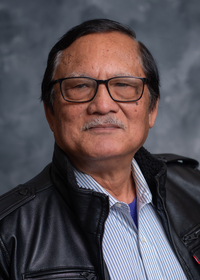Mississippi Commercial Finfish Industry
Mississippi Commercial Finfish Industry
The primary food fish species harvested include red snapper, redfish, spotted seatrout, flounder, mullet, and sheepshead. The bulk of finfish collected for industrial uses consists of menhaden. The annual finfish commercial landings averaged 263 million pounds in the past decade, valued at $24 million.
Commercial finfish landings contributed 97% of Mississippi commercial landings from 2011 to 2022. In dockside values, finfish landings added 57% to Mississippi commercial landings during the past decade. Menhaden added almost all the finfish pounds landed during the past decade. About 96 percent of the finfish dockside values are from the menhaden harvest.

In response to requests by state regulatory agencies and seafood organizations, the 2009 (and later) economic contributions of the Mississippi seafood industry by major species were imputed from state estimates published by NOAA Fisheries. Extension and research publications were developed to document the economic contributions of Mississippi's major seafood species that landed, processed, sold, and consumed.
Sales are the gross sales by businesses within the economic region affected by an activity. Sales, income, value-added, and tax contributions are measured in dollars. Employment or job contribution is expressed in terms of a mix of both full-time and part-time jobs. The total economic contribution is the sum of direct, indirect, and induced contributions.
The economic contributions of the state finfish industry in 2009 are shown in the table below. Sales contributions reached $101.9 million in 2009, generating 2,445 full-time and part-time jobs. The income contribution was more than $40.4 million, and the value-added created was about $52.6 million. The industry-added tax impact reached about $4.7 million.

The table below shows the Mississippi finfish industry's lower estimated 2011 economic contributions. The sector's sales contributions fell to $81.6 million, which generated 2,003 full-time and part-time jobs. Income contribution reached $33.1 million, and the value-added created was $42.8 million. The industry made tax impacts totaling $6.9 million.

Below are higher estimates of the finfish industry's 2015 economic contributions in Mississippi. The industry's sales contribution reached $215 million, and its value-added contribution reached over $108.5 million. The industry generated more than 4,300 full-time and part-time jobs and $82.8 million in income contributions.

Recent estimates of the finfish industry's 2020 economic contributions in Mississippi are lower, as shown below. The industry's sales contribution reached $155.5 million, and its value-added contribution reached $89.4 million. The industry generated 2,923 full-time and part-time jobs and $59.5 million in income contributions.

Publications
News
RAYMOND, Miss. -- For Mississippi’s commercial fishermen, stress is part of daily life, but the typical stressors they face have been intensifying for more than 10 years.
LAPLACE, La.
While the U.S. Army Corps of Engineers is closing the Bonnet Carré Spillway this week, economic impacts of its months-long opening are expected to be felt in the seafood industry for years to come.




